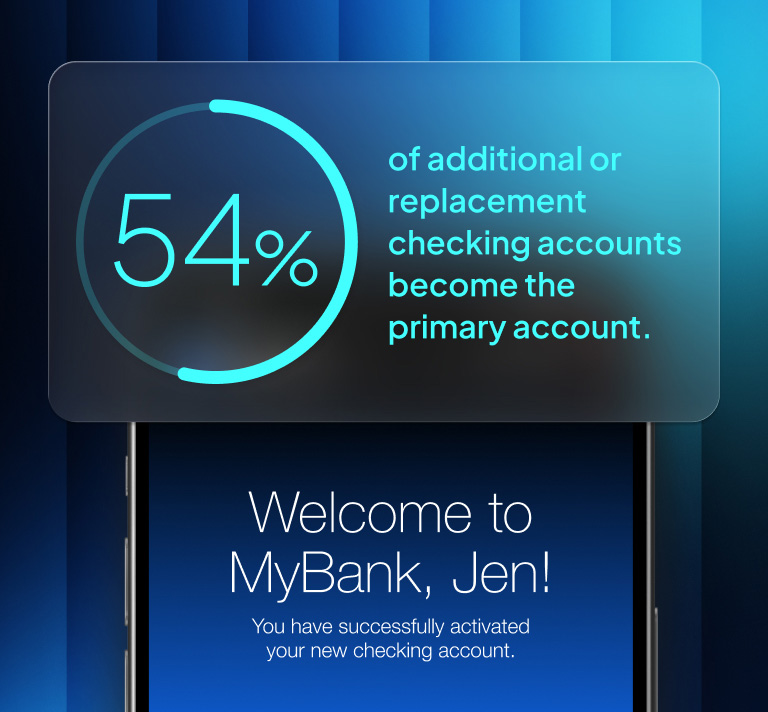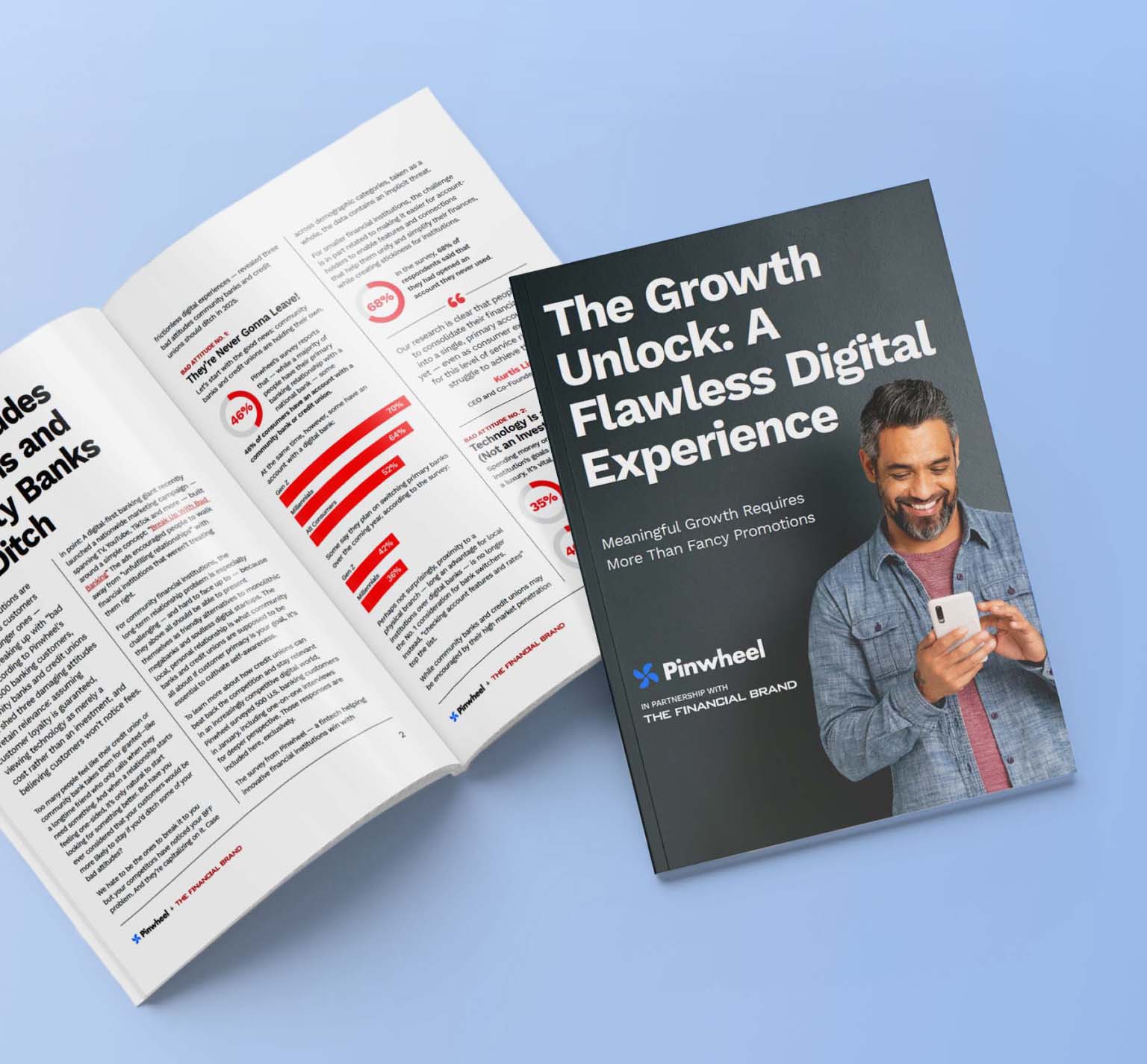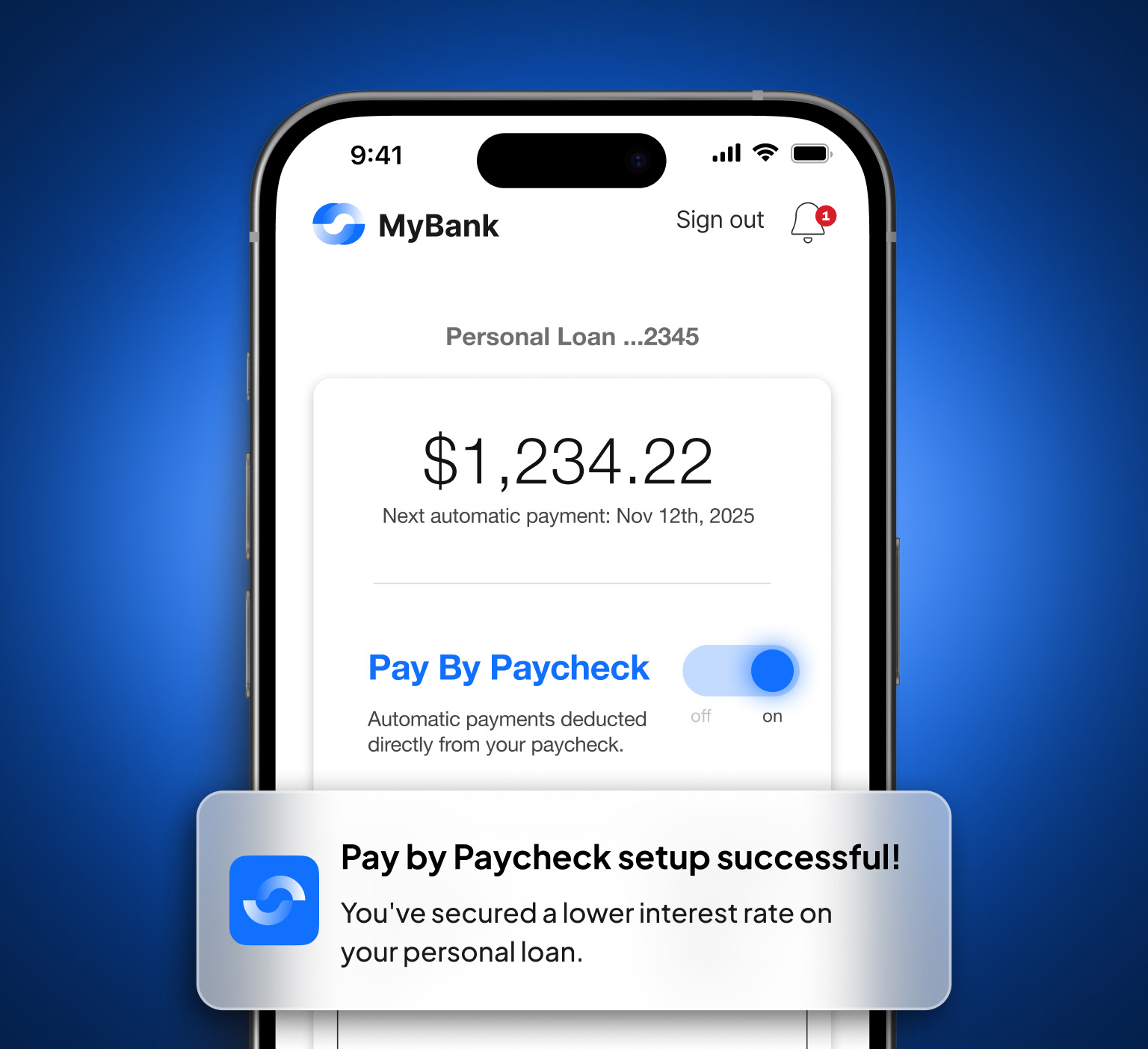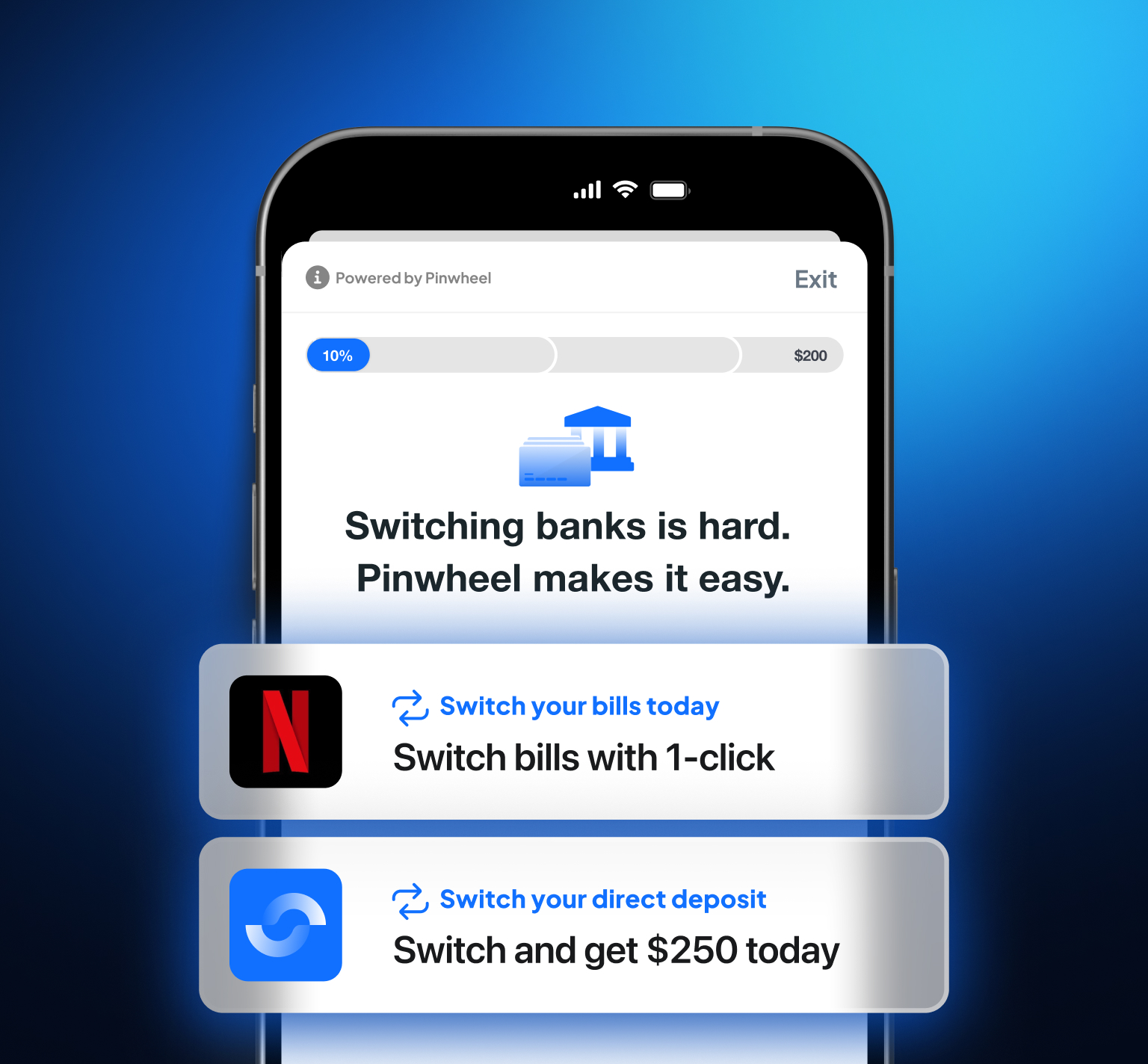With most banks focusing investments on digital and reducing branch networks, 60% of new accounts are still being opened in branch.
For decades, bank branches have been a cornerstone of everyday life in America’s cities and towns. But these days, branches are getting harder and harder to come by. By the end of 2023, the number of bank branches in the U.S. declined by more than one-fifth, amounting to only 78,000, down from about 100,000 just fifteen years ago. During that same time, digital financial technologies emerged, and are now widely adopted, with online banks capturing significant market-share from their traditional banking competitors. Between widescale branch closures and the advances in financial technology, a trip to a local branch has become both more inconvenient and less necessary.
A few scenarios, however, continue to bring customers into branches—for now, anyway. According to Accenture’s 2023 Global Banking Consumer Study, people still show up in person to open accounts, to get financial advice, and when they need new products and services. Sixty percent report they “turn to branches to solve specific and complicated problems.” But do these numbers tell the whole story?
Reading between the lines
So why do 60% of banking customers still open accounts in branches? And how should banks be interpreting this behavior when they determine how to focus attention? The consumer rationale may not be as mysterious as it appears at first glance. Sure, older generations may always prefer the in-person transactions they grew up receiving at traditional banks. Many younger consumers, however, favor digital-first banking for how it fits in with their lifestyle. They are most likely only visiting branches—whether to open accounts or for serving needs— because they can’t easily accomplish their goals on digital channels. Bank customers don’t so much want to go to branches. More accurately, they need to go to branches. And they resent it.
This reality will become increasingly clear in the coming years. The most recent BAI Banking Outlook forecasts that, by 2026, bank customers will conduct 65% of their transactions via digital channels. And when they do visit a branch, typically for high-touch transactions, the level of “service and product expertise they demand will be scrutinized more than ever.” The BAI report underscores the sheer volume of transactions that Millennials and Gen Z conduct. These groups interact with their financial institutions about three times more often monthly than do older generations. Going forward, banks that lean into relationship-building and personalized services tailored to these younger demographics will win true primacy.
Human touch for high-touch transactions
The banking branches of the future that thrive will strike the right balance between digital innovation and the need for human interaction. Beyond new account openings, physical branches will also play a role in providing personalized services and specialized expertise. Those big branches on Main Street of the past will evolve into smaller, more specialized centers focused on advisory services, financial education, and complex transactions.
Although customers will continue to conduct basic account transactions digitally, they’ll also go to branches to handle more complicated services, things like mortgage applications, business loans, or foreign currency exchange. Virtual branches and video conferencing may also become more prevalent, allowing customers to access banking services remotely.
Bucking the trend
Branches will take on a different shape in the years ahead, but the most customer-centric banks understand they’re not going anywhere. Two of the nation’s biggest banks are doubling down on their brick-and-mortar footprints. In the next three years, JP Morgan Chase plans to build 500 new branches and Bank of America will expand its physical branches into nine new markets in four new states. Both banks see these moves as an adjunct to mobile banking—not a replacement. They envision a new kind of branch. One that operates as a hub for their customers to get financial advice, to apply for loans, or to manage the finances of their small businesses. And they understand most customers still select their prime bank based on the proximity and quality of their local branch.
These developments will be welcome news for both habitual bank branch visitors and for younger consumers who still plan to transact in person for life’s major moments. The BAI sums up the new dynamic nicely: “What digital channels don’t do very well, and what branches do well, is problem resolution. Banks should make sure that each channel is designed for the functions that they do best to maximize the effectiveness of each channel—rather than try to make every channel do the same thing in the same way.”
To help take advantage of branch engagement to grow LTV, Pinwheel developed Smart Branch, an instant deposit switch solution that allows you to achieve primacy upon account opening. Connect with us to learn how Smart Branch enables a new generation of integrated omnichannel campaigns.



.svg)
.svg)






































































































